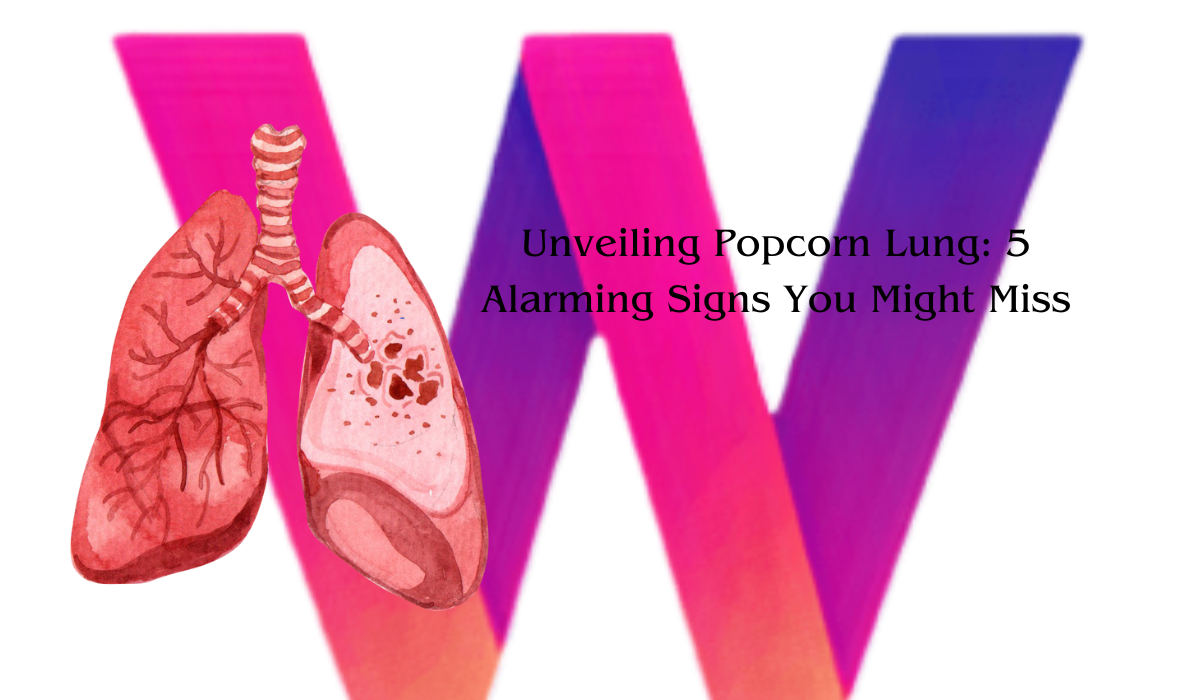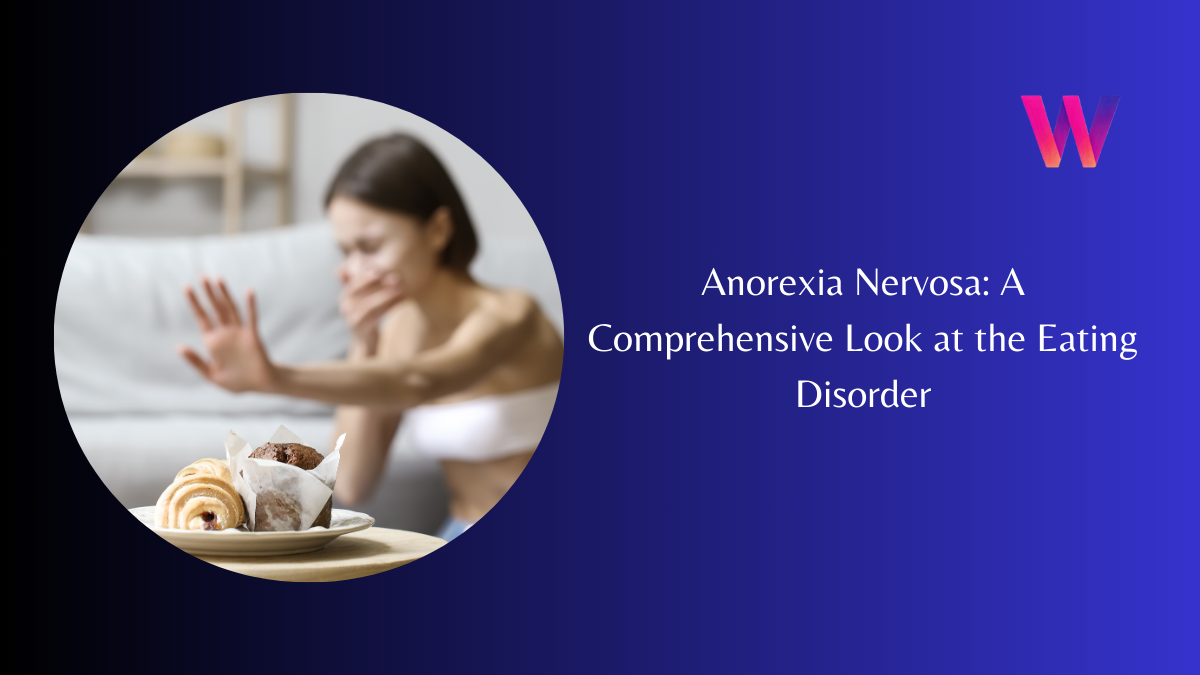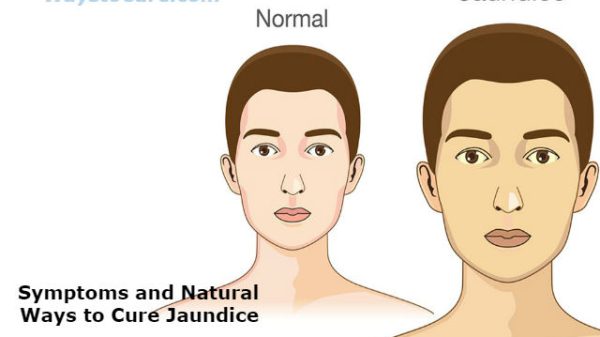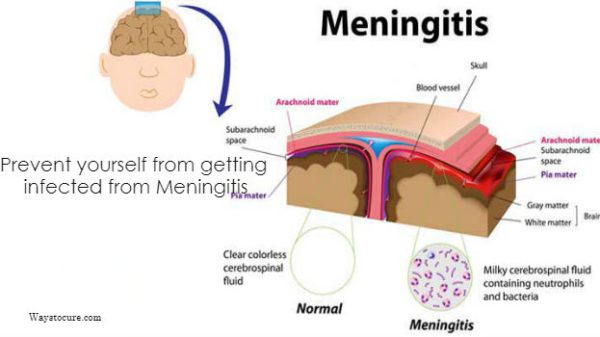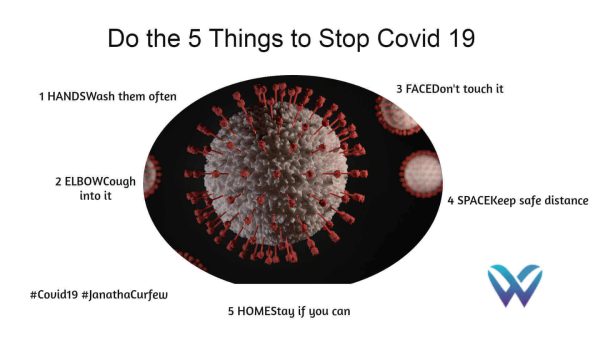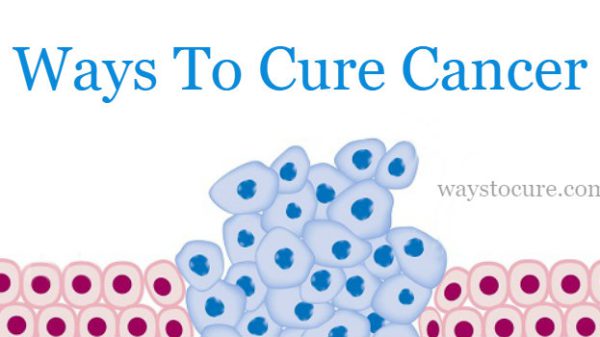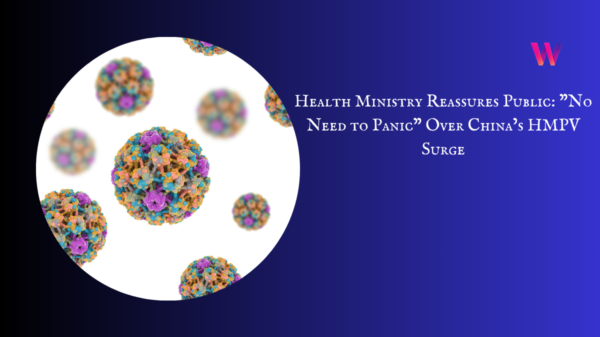Popcorn lung sounds like a harmless and funny term, but it is actually a serious and irreversible lung disease that can affect anyone who inhales certain chemicals or substances. Popcorn lung, also known as bronchiolitis obliterans, is a condition that causes inflammation and scarring of the bronchioles, the smallest airways in the lungs. This leads to symptoms such as coughing, wheezing, shortness of breath, and chest pain. If left untreated, popcorn lung can result in respiratory failure and death.
But what causes popcorn lung and how can you prevent it? In this article, we will explore the origins, causes, symptoms, diagnosis, treatment, and prevention of this rare but dangerous disease. We will also share some tips on how to protect your lungs and improve your overall health.
How did popcorn lung get its name?
The name “popcorn lung” comes from a case that occurred in the early 2000s, when several workers at a microwave popcorn factory developed bronchiolitis obliterans after being exposed to a chemical called diacetyl. Diacetyl is an artificial flavoring agent that gives popcorn, coffee, and other foods a buttery taste and aroma. While diacetyl is safe to eat, it can be harmful when inhaled, especially in large amounts or over a long period of time.
Diacetyl can damage the lining of the bronchioles and cause inflammation and scarring, which reduces the airflow and oxygen exchange in the lungs. The workers who developed popcorn lung experienced symptoms such as dry cough, wheezing, fatigue, and weight loss. Some of them had to undergo lung transplants to survive.
After this incident, many popcorn manufacturers stopped using diacetyl in their products, but the chemical is still found in some e-cigarette flavors, as well as other foods and beverages. Diacetyl is not the only chemical that can cause popcorn lung, however. There are other substances that can trigger the same condition, such as:
- Acetaldehyde, a chemical found in the smoke from marijuana and some e-cigarettes.
- Formaldehyde, a cancer-causing chemical used in some glues and building materials.
- Chlorine, ammonia, sulfur dioxide, and other chemicals used in cleaning and disinfecting products.
- Metal oxide fumes, a common byproduct of welding and other industrial processes.
- Hydrochloric acid, sulfur mustard, and other chemicals used as weapons or in warfare.
- Certain medications, such as penicillamine and gold salts, which can cause allergic reactions in the lungs.
What are the symptoms of popcorn lung?
The symptoms of popcorn lung are similar to those of chronic obstructive pulmonary disease (COPD), a common lung disorder that affects millions of people worldwide. The main symptoms of popcorn lung are:
- A dry and persistent cough that does not produce mucus or phlegm.
- Shortness of breath that worsens with exertion or physical activity.
- Wheezing or a whistling sound when breathing.
- Chest tightness or pain.
- Fever, night sweats, and weight loss (in some cases).
The symptoms of popcorn lung usually appear two to eight weeks after exposure to the harmful substance, but they can also develop months or years later. The symptoms tend to be chronic and progressive, meaning they do not go away and they get worse over time. Unlike asthma, which is another lung condition that causes similar symptoms, popcorn lung does not respond to bronchodilators or inhalers that open up the airways. In fact, using these medications can make popcorn lung worse by causing more inflammation and scarring.
How is popcorn lung diagnosed?
Popcorn lung can be difficult to diagnose because it is a rare condition and its symptoms are similar to those of other lung diseases, such as asthma, bronchitis, pneumonia, and lung cancer. To diagnose popcorn lung, your doctor will ask you about your medical history, your exposure to any chemicals or substances that can cause popcorn lung, and your current symptoms. Your doctor will also perform a physical examination and listen to your lungs with a stethoscope.
To confirm the diagnosis, your doctor may order some tests, such as:
- A chest X-ray or a CT scan, which can show the damage and scarring in your lungs.
- A pulmonary function test, which can measure how well your lungs work and how much air you can breathe in and out.
- A bronchoscopy, which is a procedure that involves inserting a thin tube with a camera into your lungs to look for signs of inflammation and scarring.
- A lung biopsy, which is a procedure that involves taking a small sample of lung tissue and examining it under a microscope to look for signs of popcorn lung.
How is popcorn lung treated?
Unfortunately, there is no cure for popcorn lung, and the damage to the lungs is irreversible. However, there are some treatments that can help relieve the symptoms, slow down the progression of the disease, and improve the quality of life of people with popcorn lung. These treatments include:
- Corticosteroids, which are anti-inflammatory drugs that can reduce the swelling and scarring in the lungs. Corticosteroids can be taken orally or inhaled, but they can have side effects such as weight gain, high blood pressure, diabetes, and osteoporosis.
- Immunosuppressants, which are drugs that can suppress the immune system and prevent it from attacking the lungs. Immunosuppressants can be effective in some cases of popcorn lung, but they can also increase the risk of infections and cancers.
- Antibiotics, which are drugs that can treat any bacterial infections that may occur in the lungs or elsewhere in the body.
- Oxygen therapy, which involves using a device that delivers oxygen to the lungs through a mask or a tube. Oxygen therapy can help people with popcorn lung breathe easier and prevent low oxygen levels in the blood.
- Lung transplant, which is a surgery that involves replacing the damaged lungs with healthy ones from a donor. Lung transplant is a last resort option for people with severe and life-threatening popcorn lung, and it comes with many risks and complications, such as rejection, infection, and bleeding.
How can popcorn lung be prevented?
The best way to prevent popcorn lung is to avoid exposure to the chemicals and substances that can cause it. If you work in an industry that involves using or handling these chemicals, you should follow the safety guidelines and regulations, wear protective equipment, and ventilate the area well. If you experience any symptoms of popcorn lung, you should seek medical attention as soon as possible.
Another important way to prevent popcorn lung is to quit smoking, including e-cigarettes and vaping devices. Smoking can damage your lungs and make you more susceptible to popcorn lung and other lung diseases. If you need help quitting smoking, you can talk to your doctor about the available options, such as nicotine patches, gums, lozenges, medications, and counseling.
You can also protect your lungs and improve your overall health by following these tips:
- Eat a balanced and nutritious diet that includes plenty of fruits, vegetables, whole grains, lean proteins, and healthy fats.
- Drink plenty of water and stay hydrated.
- Exercise regularly and stay physically active.
- Get enough sleep and rest.
- Manage your stress and practice relaxation techniques, such as meditation, yoga, or deep breathing.
- Avoid air pollution and allergens, such as dust, pollen, mold, and pet dander.
- Get vaccinated against the flu and pneumonia, and wash your hands frequently to prevent infections.
- See your doctor regularly and get screened for any lung problems.
Conclusion
Popcorn lung is a serious and irreversible lung disease that can affect anyone who inhales certain chemicals or substances. Popcorn lung causes inflammation and scarring of the bronchioles, the smallest airways in the lungs, which leads to symptoms such as coughing, wheezing, shortness of breath, and chest pain. Popcorn lung can be diagnosed by a doctor using various tests, such as chest X-ray, CT scan, pulmonary function test, bronchoscopy, and lung biopsy. Popcorn lung can be treated with medications, oxygen therapy, and lung transplant, but there is no cure for the disease. The best way to prevent popcorn lung is to avoid exposure to the harmful chemicals and substances, and to quit smoking, including e-cigarettes and vaping devices. You can also protect your lungs and improve your overall health by following a healthy lifestyle and seeing your doctor regularly.
We hope this article has helped you understand more about popcorn lung, its causes, symptoms, diagnosis, treatment, and prevention. If you have any questions or concerns about popcorn lung or any other lung condition, please consult your doctor or a qualified health professional. Remember, your lungs are vital organs that allow you to breathe and live, so take good care of them and stay healthy. Thank you for reading.

